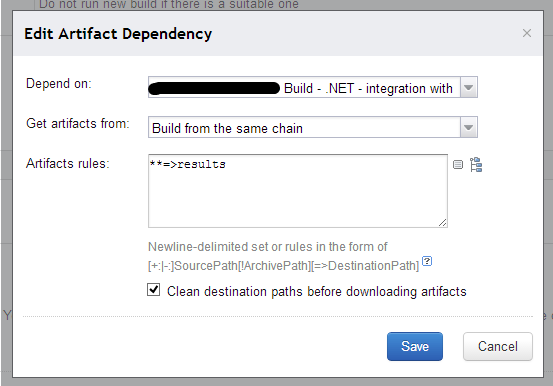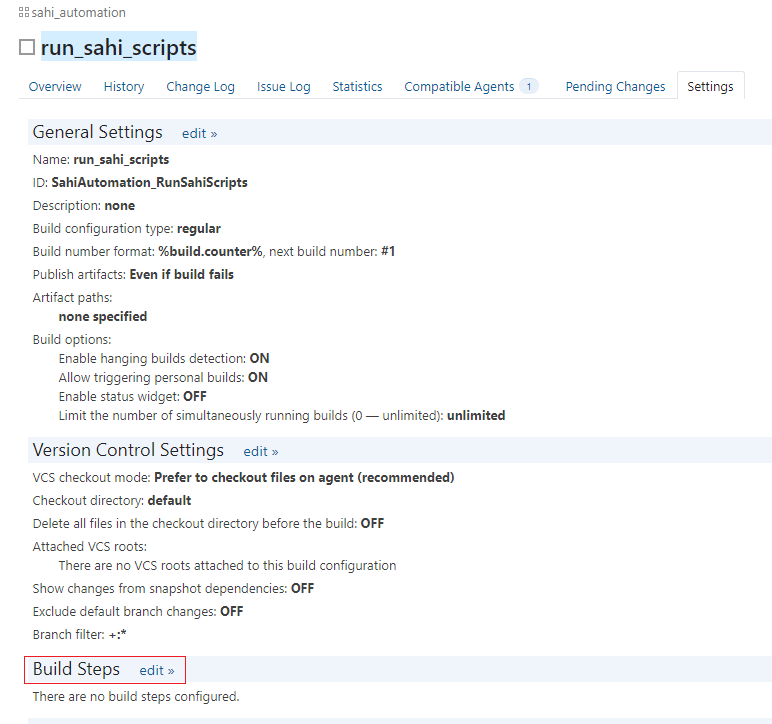

Once added, the TeamCity feed will appear in the NuGet feed list. In the Octopus Web Portal navigate to Library ➜ External Feeds.nupkg will automatically be served as NuGet packages, which Octopus can consume. You can enable this by navigating to Administration ➜ Nuget Settings and enabling the inbuilt NuGet server. TeamCity 7 and above can act as a NuGet repository. Consuming the TeamCity NuGet feed in Octopus Simply click the Show examples link to see options to upload packages including the repository URL. You'll find the URL to your repository on the Library ➜ Packages tab in Octopus. OctoPack will then push the packages when the solution is built. To push packages to Octopus during the OctoPack phase, enter the NuGet endpoint URL into the Publish packages to http field, and an API key in the Publish API Key field. Octopus can be used as a NuGet package repository, or it can be configured to use an external feed (such as retrieving them from TeamCity). OctoPack will ensure these packages appear in the artifacts tab of TeamCity: With these options selected, your packages will automatically be created using the version number of the current build. Make sure this evaluates to a multi-part number, for instance, 1.1.3., or 1.0.%unter% to include the build

The package version cannot be a single number (learn about version numbers in Octopus). Select the type of package format you want to create, NuGet(default) or Zip.You configure TeamCity to package your applications by creating a build configuration, and adding a step to the configuration of runner type, Octopus Deploy: Pack. TeamCity can be configured to monitor your source control and package your applications when changes are made. Octopus supports multiple package formats for deploying your software. The TeamCity documentation has instructions and options for installing plugins. In TeamCity by navigating to Administration ➜ Plugins List ➜ Browse Plugin Repository and searching for Octopus Deploy Integration.

The Octopus Deploy TeamCity plugin is available in the following places: The plugin is simply a wrapper for the Octopus CLI, the Octopus command line tool for creating and deploying releases. Promotes an existing release from one environment to another.
TEAMCITY ARTIFACT PATHS ZIP


 0 kommentar(er)
0 kommentar(er)
